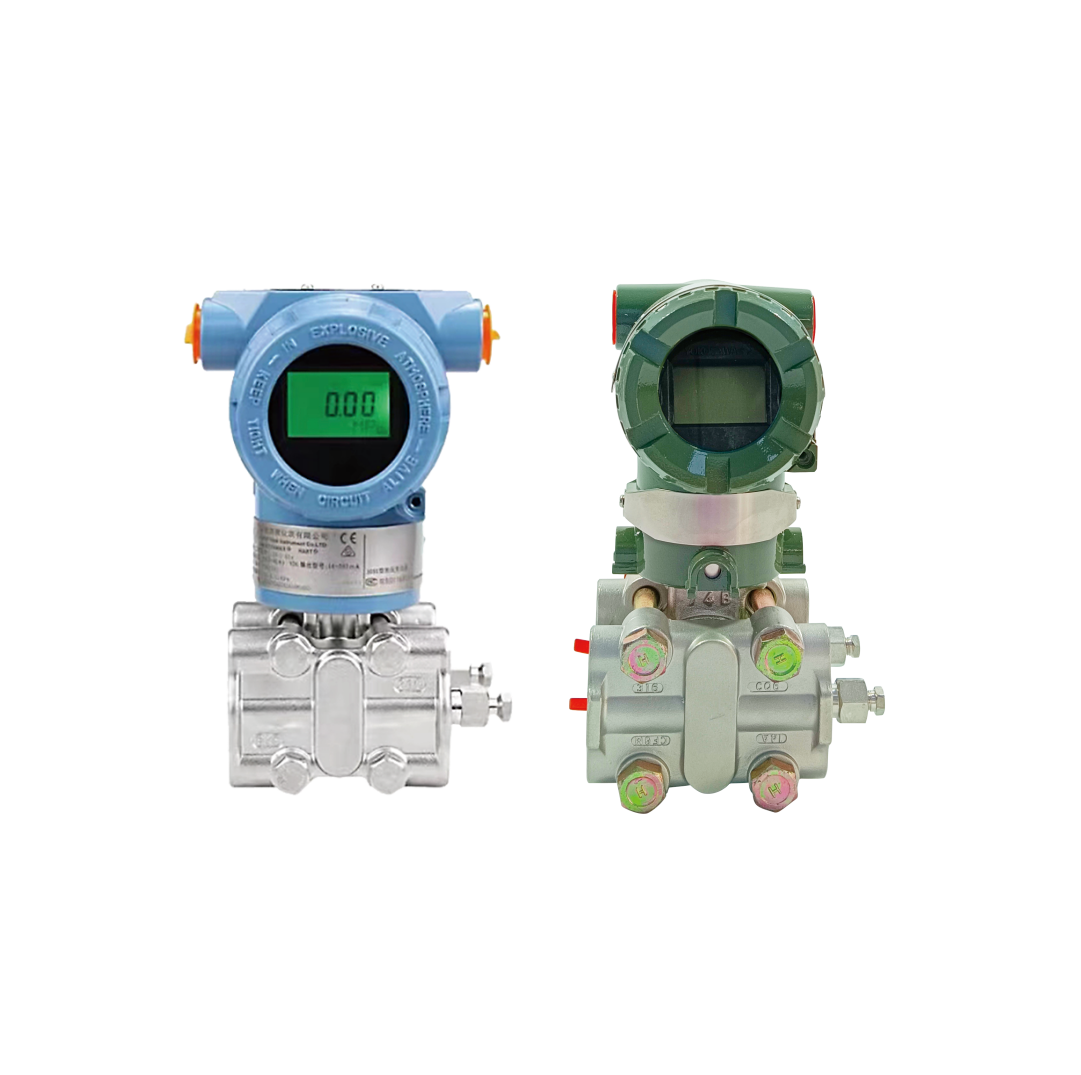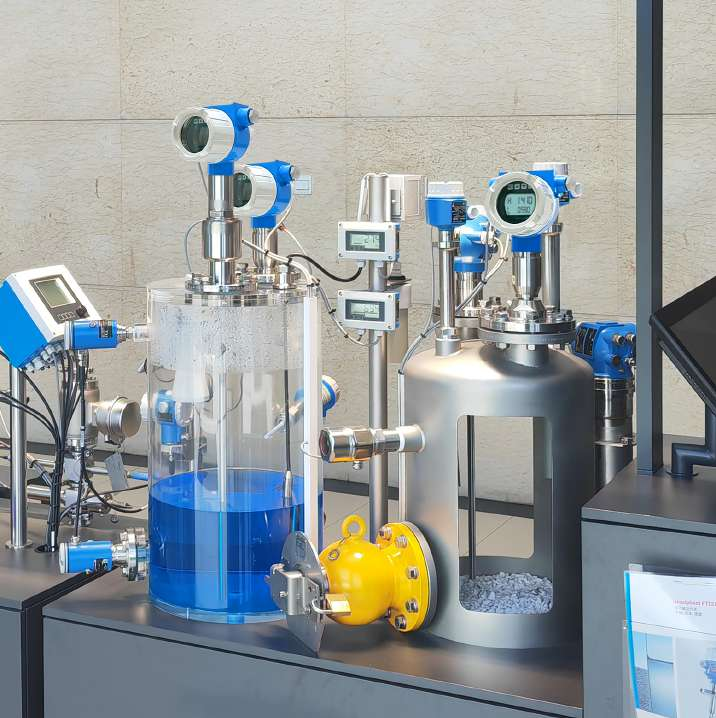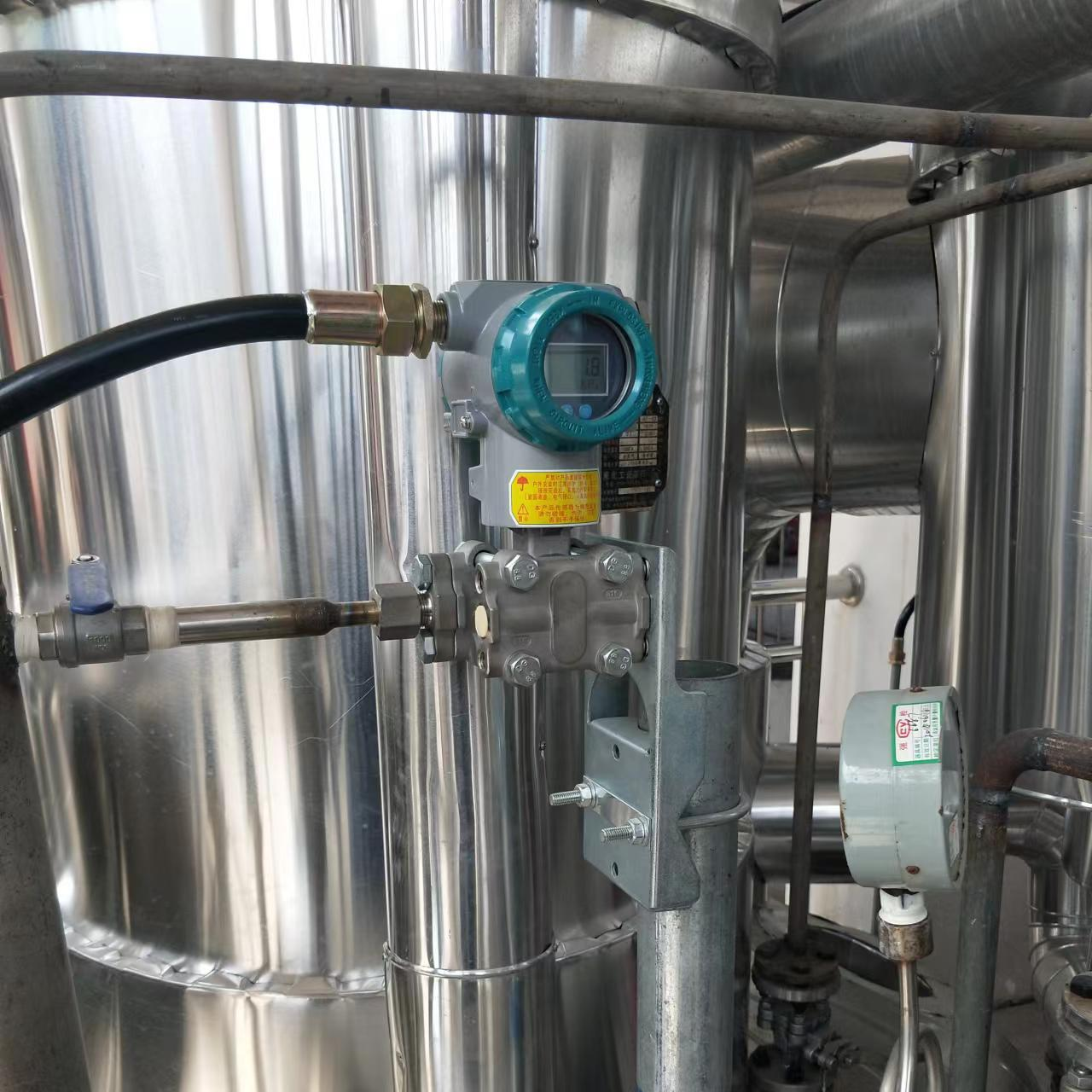Many industrial processes face challenges in accurately measuring flow, level, and pressure differences.
Differential pressure transmitters are widely used for flow measurement, level monitoring, filter monitoring, and pressure drop calculations across industrial processes.

Common DP Transmitter Applications
Let me share my experience with various DP transmitter applications.
What Are The Applications of Differential Pressure Transmitter?
I often see customers struggling to identify the best use cases for DP transmitters.
DP transmitters serve multiple applications including flow measurement with primary elements, tank level measurement, filter monitoring, and density measurement.

DP Transmitter Application Types
From my field experience:
Flow Measurement Applications
-
Primary Device Types
Device Application Benefits Orifice plate General flow Cost-effective Venturi tube Low pressure loss High accuracy Flow nozzle High velocity Good stability Pitot tube Large pipes Simple installation -
Industry Applications
- Oil and gas pipelines
- Water treatment plants
- Chemical processing
- HVAC systems
Level Measurement
-
Methods
- Hydrostatic pressure
- Bubble tube systems
- Open tank measurement
- Sealed tank systems
-
Tank Types
- Atmospheric tanks
- Pressurized vessels
- Open channels
- Storage silos
When to Use a Differential Pressure Transmitter?
Choosing the right measurement technology can be confusing.
Use DP transmitters when you need reliable measurement of flow rates, liquid levels, or pressure differences in demanding industrial environments.

DP Transmitter Selection Guide
Based on our customer consultation experience:
Selection Criteria
-
Process Conditions
Parameter Consideration Impact Temperature Operating range Material selection Pressure System limits Construction type Media type Compatibility Sensor design Flow rate Range requirements Primary element -
Environmental Factors
- Ambient temperature
- Vibration presence
- Corrosive atmosphere
- Installation space
Application Requirements
-
Performance Needs
- Accuracy requirements
- Response time needs
- Turndown ratio
- Output requirements
-
Maintenance Considerations
- Accessibility
- Cleaning needs
- Calibration frequency
- Spare parts availability
How to Use a DP Transmitter as a Pressure Transmitter?
Converting between pressure measurement types is a common challenge.
DP transmitters can function as gauge pressure transmitters by leaving one side open to atmosphere or as absolute pressure transmitters with a sealed vacuum reference.

DP to Pressure Measurement Setup
Drawing from our technical expertise:
Configuration Methods
-
Setup Requirements
Type Reference Configuration Gauge pressure Atmospheric Low port open Absolute pressure Vacuum Sealed reference Differential Two points Both ports connected Static pressure Fixed reference Reference sealed -
Installation Steps
- Port configuration
- Reference setup
- Zero calibration
- Range setting
Performance Optimization
-
Accuracy Factors
- Zero adjustment
- Span calibration
- Temperature compensation
- Static pressure effects
-
Maintenance Requirements
- Regular verification
- Reference checking
- Impulse line cleaning
- Calibration updates
Where Should a Differential Pressure Transmitter Be Installed?
Proper installation is crucial for accurate measurements.
Install DP transmitters considering impulse line layout, accessibility, vibration isolation, and environmental protection requirements.

DP Transmitter Installation Guide
Based on our installation experience:
Installation Guidelines
-
Location Considerations
Factor Requirement Reason Access Easy reach Maintenance Protection Weather shield Environmental Support Stable mounting Vibration Orientation Proper position Performance -
Mounting Requirements
- Vertical orientation
- Vibration isolation
- Heat protection
- Impulse line support
Best Practices
-
Safety Considerations
- Isolation valves
- Drain/vent provisions
- Pressure limitations
- Material compatibility
-
Maintenance Access
- Calibration points
- Service space
- Testing provisions
- Documentation storage
Conclusion
Successful DP transmitter application requires careful consideration of installation location, proper configuration, and regular maintenance to ensure reliable and accurate measurements.
